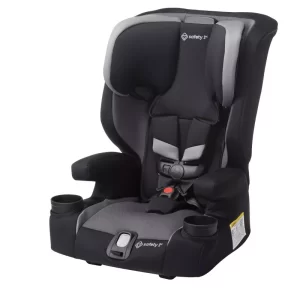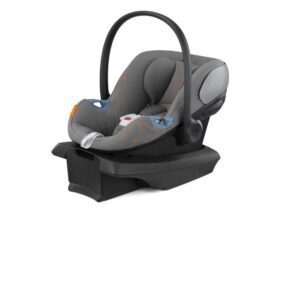A Shocking Number of Parents Aren’t Using Carseats
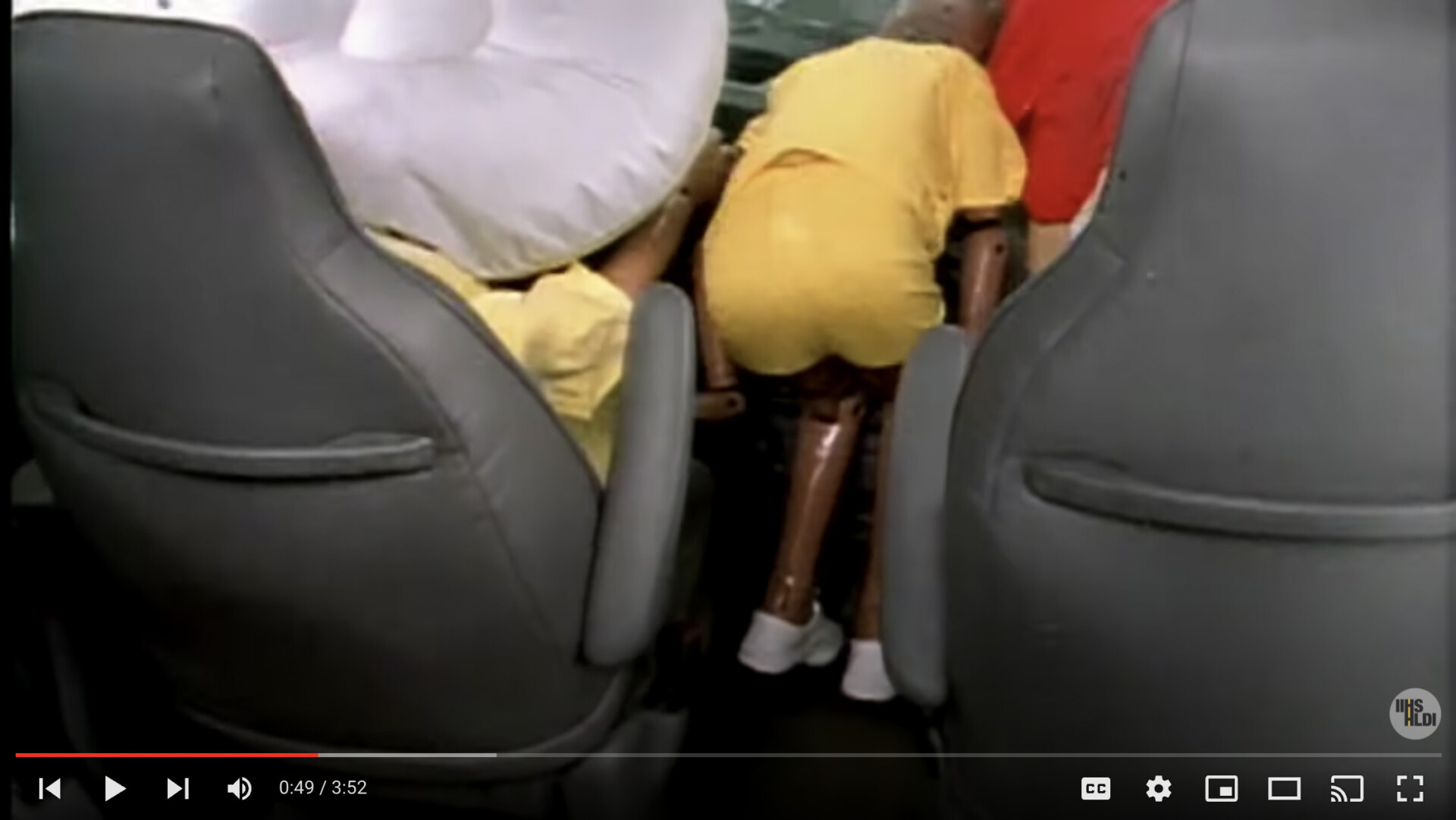
![]()
![]()
![]()
![]()
![]()
![]() According to a news release by State Farm, nearly one-fifth of U.S. parents (guys, that’s 20% of you) didn’t use a child restraint at some point in their child’s life. Why is that so alarming? A carseat or belt-positioning booster is a device that, when used properly, will save your child from potential life-long disability or death. Am I being dramatic? Thirty-four percent of the parents who didn’t use a restraint didn’t use one because it was a short trip of only a couple of blocks. My only crash (so far) was a couple of blocks away from my home and my passengers, who weren’t buckled, had injuries that sent them to doctors. Short trips should count.
According to a news release by State Farm, nearly one-fifth of U.S. parents (guys, that’s 20% of you) didn’t use a child restraint at some point in their child’s life. Why is that so alarming? A carseat or belt-positioning booster is a device that, when used properly, will save your child from potential life-long disability or death. Am I being dramatic? Thirty-four percent of the parents who didn’t use a restraint didn’t use one because it was a short trip of only a couple of blocks. My only crash (so far) was a couple of blocks away from my home and my passengers, who weren’t buckled, had injuries that sent them to doctors. Short trips should count.
What do child restraints do when properly used? First and foremost, they keep the child restrained and inside the vehicle. If an unrestrained person flies inside the vehicle, they will hit other passengers, vehicle seats, windows, the windshield, or the back window. They become the pinball inside the pinball machine. If a person flies outside the vehicle—through an open OR closed window—they will hit concrete or asphalt, a tree or a pole, a rock, or other landscaping. I hate to sound harsh, but hey, crashes can be brutal.
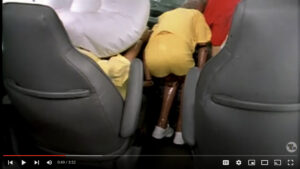
Restraints, such as a harness or seat belt, spread crash forces across the strongest bones in the body. The goal is to protect the head, neck, brain, and spinal cord because those parts of the body need to be protected the most and cannot be fixed when they’re seriously injured. When a child is properly harnessed, the restraint helps the child ride down crash forces by increasing the amount of time they slow down in a crash with stretching harness webbing and other safety features built in to the carseat and vehicle.
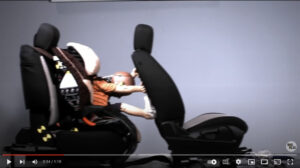
What were other reasons given for not using a child restraint?
33% said there wasn’t enough room for the child seat/booster
29% said the child was upset and did not want to use it
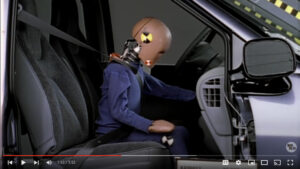
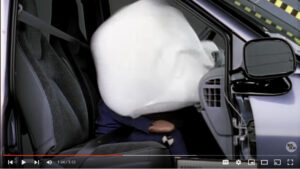

There were other excuses given as well, but that’s what they are: excuses. Many of them are issues faced by experienced CPS technicians for years with easy answers that often require simple adjustments to restraints to make them fit the child to be more comfortable. Simply meeting for a half-hour to an hour with a good child passenger safety technician could make life so much easier for everyone!
We here at CarseatBlog have years of experience and are ready to help! We have 14 years of child passenger safety articles to help you.
I understand the space issue; many vehicles have smaller back seats and one of the most popular questions we get on our Car-Seat.Org Vehicle & Carseat Safety Facebook group is how to fit carseats together. It’s tough and you have to have resources to make it work. Sometimes you can find local groups through a Safe Kids Coalition or another non-profit organization who will help you. These resources don’t always advertise because that takes precious money from their budgets, so you may have to dig a little to find them—ask labor and delivery nurses at hospitals, ask at women’s care centers, ask at WIC locations, ask lactation consultants—these are a few ways to locate resources. What are some other ways you’ve found non-profits in your communities?
What I don’t understand is allowing an upset child to make a safety decision. Every single parent has had to deal with a child who planks (goes stiff as a board) to avoid being placed in a child restraint—it’s a universal kid tactic. We’ve all had to deal with screaming spit monsters with spinning heads who don’t want to go where we want them to. However, we as parents, make the decision to place them in carseats because it’s for their well-being—and for ours, too. Think about a 40 lbs. projectile hitting you in the back of the head going 30 mph in a crash.
We don’t let our children play with screwdrivers in outlets, or around bodies of water alone, or in major streets, so why is riding in a vehicle unrestrained different? It’s up to us to figure out their weaknesses to get them in the seat. Are they ticklish? Do they love a particular song on repeat (TG for earphones for parents, amiright?)? Back in the day, we had an Enya CD on repeat and it settled my son down instantly. Then it was Raffi. Baby Beluga. In the Deep Blue Sea. I can still sing that song in my sleep, and you think you have it bad with Baby Shark.
Not to lose sight of the seriousness of this issue, child passenger safety technicians talk about how state child passenger laws are usually the bare minimums of safety—and some laws don’t even reach the minimums! What we’re talking about here with this State Farm survey are parents that don’t even follow state laws and that’s sad.
I’m sure there’s a certain percentage who just don’t care, but I’m also sure the majority of those asked simply don’t realize how dangerous it is to place their child in a vehicle without any form of restraint. Through age 4, motor vehicle crashes are a leading cause of death for children and from 5-25, it’s the leading cause of death. So yeah, there’s a reason why many of us make this a profession. It’s not just because we like molded pieces of plastic with (mostly) gray fabric covers!
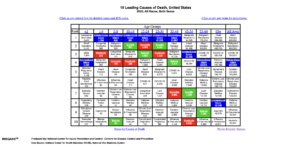
If you are taking “just a short trip” to the store or to school for drop off, always use the carseat or booster properly. It makes a difference! If your child is going with someone, always insist on proper restraint usage. If their restraint doesn’t fit in your friend’s car, they don’t go with them. Being a parent is haaarrrrrddd, especially when it comes to making unpopular decisions in front of your friends and family. But it’s your kid and you (and they) have to live with the consequences.
Screenshots taken from IIHS YouTube Videos:
Keeping Children Safe in Crashes: Overview
The Importance of Proper Forward-Facing Child Restraint Installation
